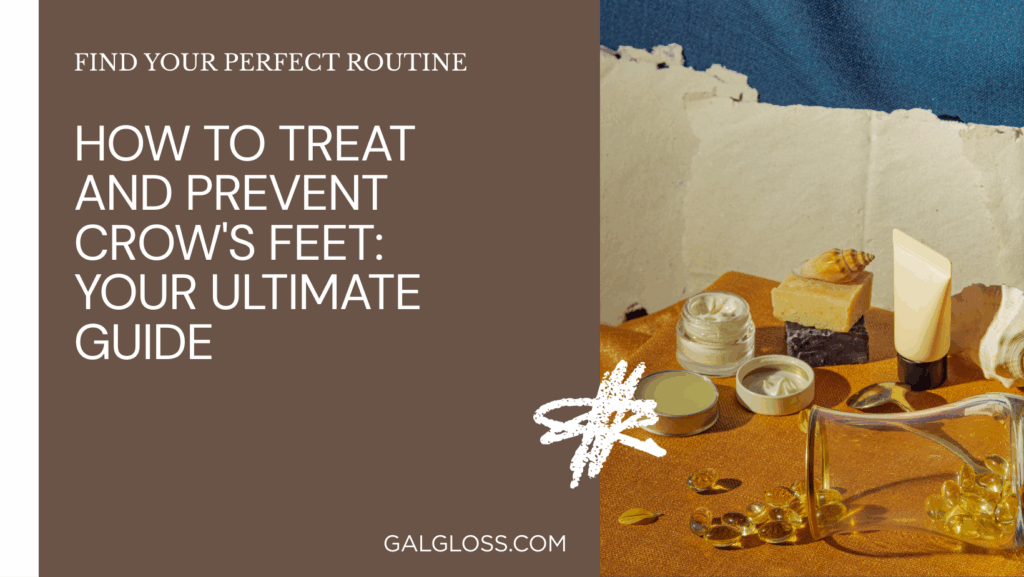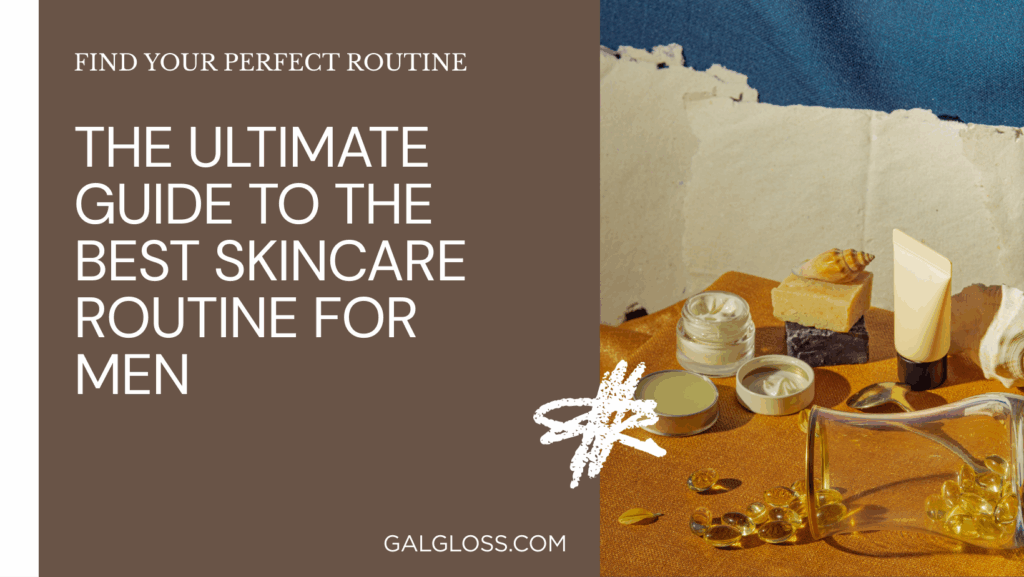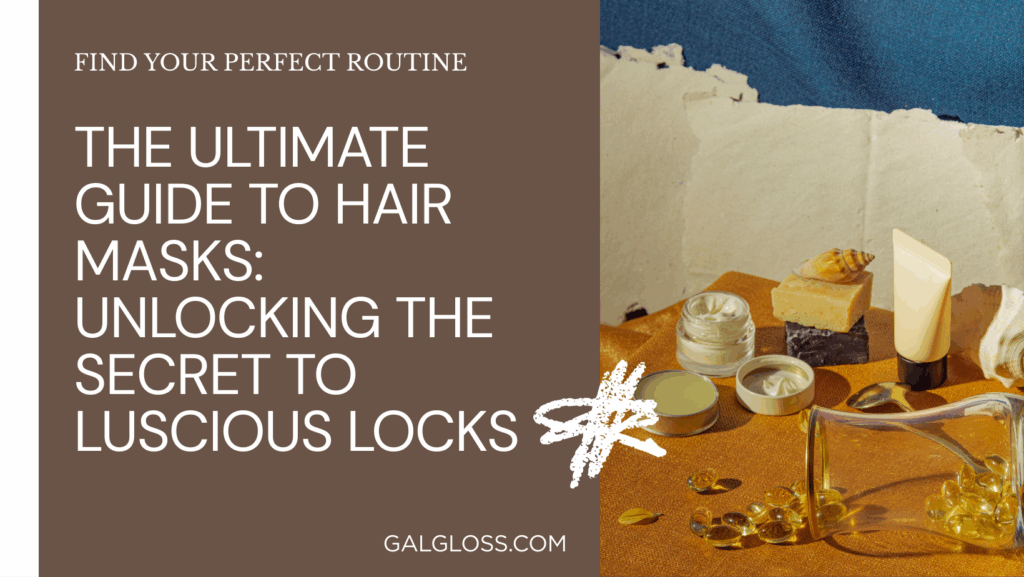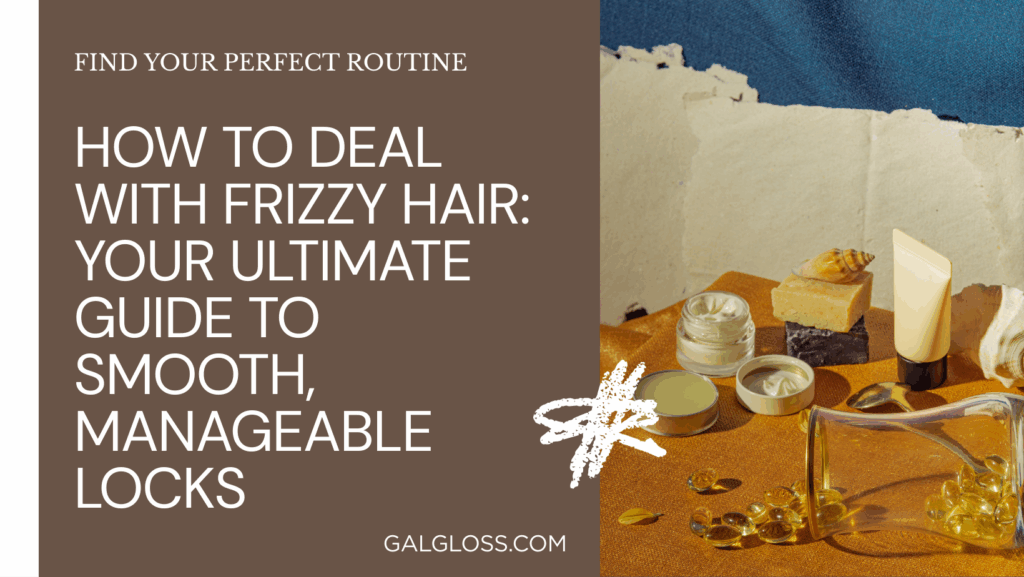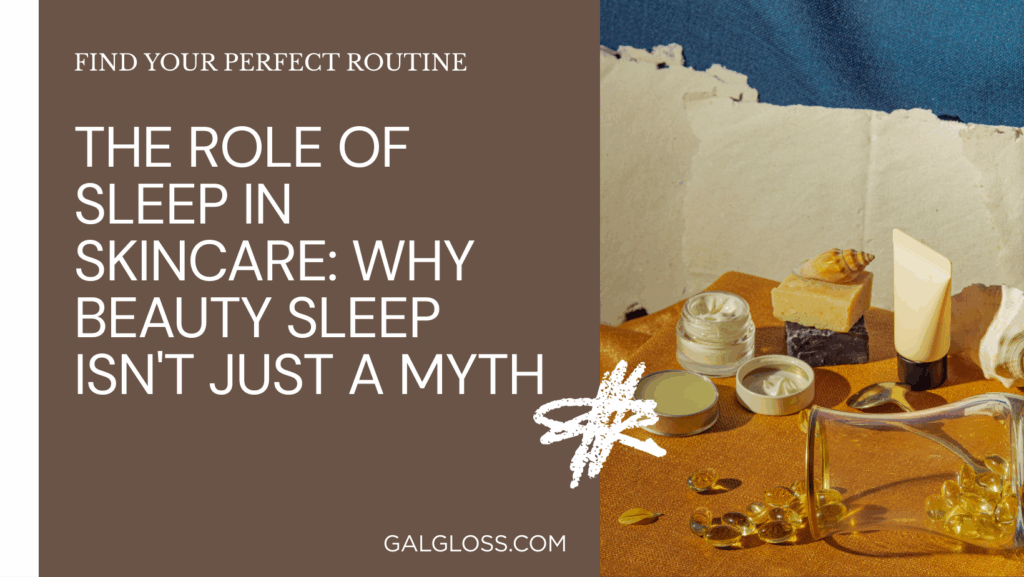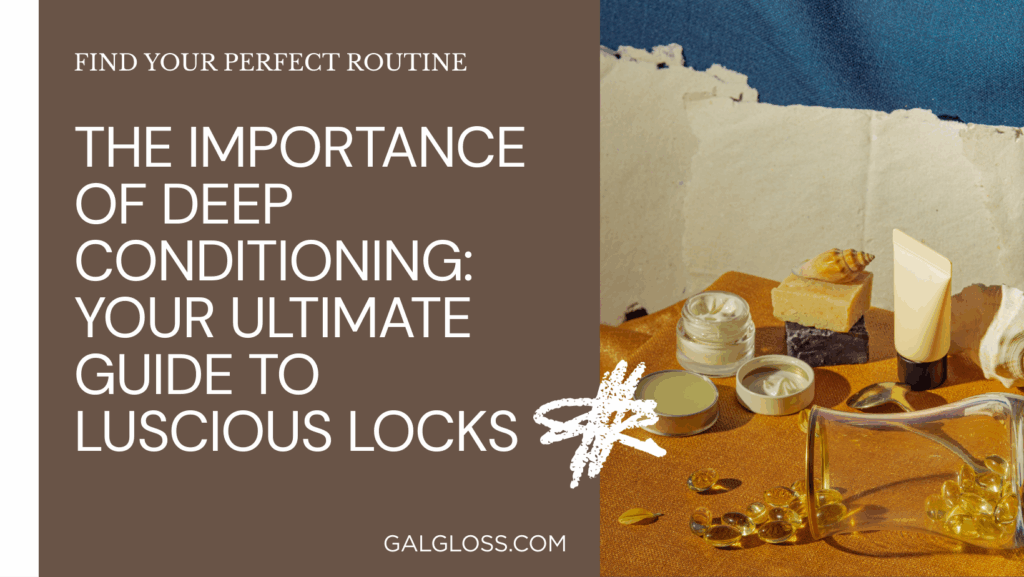Ever stood in the hair care aisle, overwhelmed by the sea of bottles promising luscious locks? You’re not alone. Choosing the right shampoo and conditioner can feel like solving a complex puzzle. But don’t worry – I’m here to help you crack the code!
Your hair is as unique as you are, and it deserves products that cater to its specific needs. Whether you’re battling frizz, fighting oiliness, or just want to give your strands some extra TLC, the secret lies in understanding your hair type and matching it with the right products.
In this guide, we’ll dive deep into the world of hair care. We’ll explore everything from decoding your hair type to understanding those tricky ingredient lists. By the end, you’ll be equipped with the knowledge to make informed choices that’ll have your hair looking its best.
Ready to embark on this hair-raising adventure? Let’s get started!
Understanding Your Hair Type
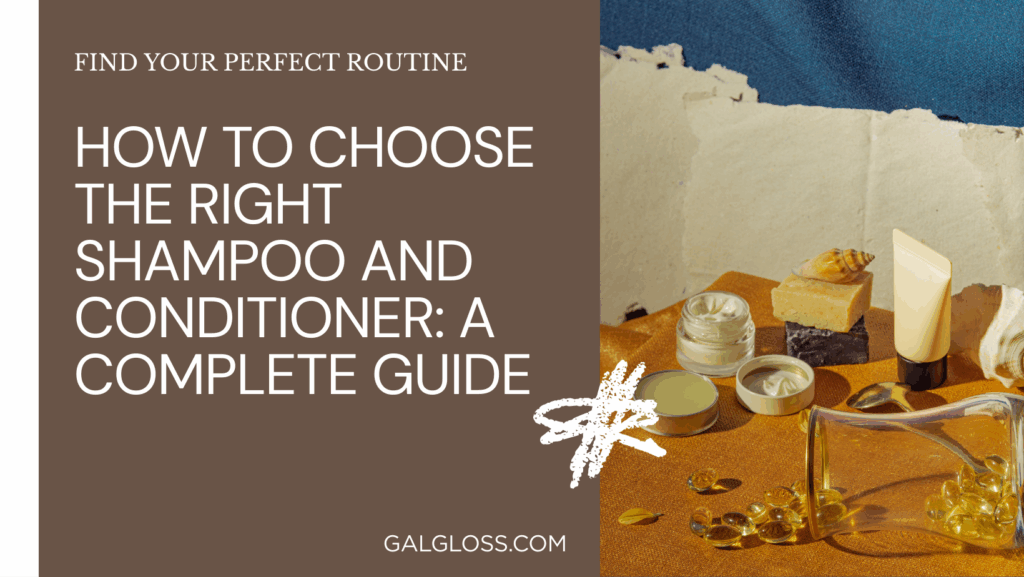
Before you can choose the perfect shampoo and conditioner, you need to know what you’re working with. Hair types are like personalities – they come in all shapes and sizes. Let’s break it down:
- Straight Hair: Tends to get oily quickly
- Wavy Hair: Can be prone to frizz
- Curly Hair: Often needs extra moisture
- Coily Hair: Typically very dry and fragile
But that’s not all! You also need to consider:
- Texture: Is your hair fine, medium, or coarse?
- Porosity: How well does your hair absorb and retain moisture?
- Scalp condition: Oily, dry, or somewhere in between?
Pro tip: Not sure about your hair type? Try the “float test” for porosity. Drop a strand of clean hair in a glass of water. If it sinks quickly, you’ve got high porosity. If it floats, it’s low porosity.
Common Hair Concerns
Now that you know your hair type, let’s talk about some common issues you might be facing:
- Dryness and Frizz
- Caused by lack of moisture
- Can make hair look dull and feel rough
- Oiliness and Greasiness
- Results from overactive sebaceous glands
- Hair looks limp and feels sticky
- Dandruff and Scalp Issues
- Can be caused by dry scalp or fungal growth
- Results in flakes and itchiness
- Color-Treated Hair
- Prone to fading and damage
- Needs extra care to maintain vibrancy
- Thinning or Fine Hair
- Lacks volume and body
- May be genetic or due to environmental factors
Identifying your main concern will help you zero in on the right products. Remember, you might have more than one issue to address!
Key Ingredients to Look For
Now, let’s talk about the good stuff. These are the ingredients that can make a real difference in your hair care routine:
- Moisturizing Agents
- Glycerin: A humectant that attracts moisture
- Aloe Vera: Soothes and hydrates the scalp
- Hyaluronic Acid: Holds up to 1000 times its weight in water
- Proteins for Strengthening
- Keratin: Rebuilds damaged hair structure
- Biotin: Promotes hair growth and strength
- Collagen: Improves hair elasticity
- Natural Oils for Nourishment
- Argan Oil: Rich in antioxidants and vitamin E
- Coconut Oil: Penetrates the hair shaft for deep conditioning
- Jojoba Oil: Similar to our skin’s natural sebum
- Clarifying Ingredients
- Tea Tree Oil: Antifungal and clarifying properties
- Apple Cider Vinegar: Balances scalp pH
- Salicylic Acid: Exfoliates the scalp
Remember, what works for one person might not work for another. It’s all about finding the right balance for your unique hair needs.
Ingredients to Avoid
Just as important as knowing what to look for is knowing what to avoid. Here are some ingredients that might do more harm than good:
- Sulfates (like Sodium Lauryl Sulfate)
- Can strip hair of natural oils
- May cause irritation and dryness
- Parabens
- Potential hormone disruptors
- May cause scalp irritation
- Silicones
- Can build up on hair over time
- May lead to dullness and weigh hair down
- Alcohol (especially drying types)
- Can cause brittleness and breakage
- Often found in styling products
While not everyone needs to avoid these completely, being aware of them can help you make informed choices.
Shampoo Selection Guide
Now, let’s get to the heart of the matter – choosing your shampoo. Here’s what to consider:
- For Oily Hair:
- Look for clarifying or volumizing shampoos
- Ingredients like tea tree oil or salicylic acid can help
- For Dry Hair:
- Opt for moisturizing or hydrating formulas
- Look for ingredients like glycerin or aloe vera
- For Color-Treated Hair:
- Choose sulfate-free, color-safe options
- UV protection can help prevent fading
- For Curly Hair:
- Go for sulfate-free, moisturizing formulas
- Look for natural oils and butter
- For Fine or Thinning Hair:
- Try volumizing or thickening shampoos
- Ingredients like biotin or keratin can help
Remember, you might need to rotate shampoos based on your hair’s changing needs. Don’t be afraid to mix it up!
Conditioner Selection Guide
Conditioner is your hair’s best friend. Here’s how to choose the right one:
- Types of Conditioners:
- Rinse-out: Standard, used after shampooing
- Leave-in: Lightweight, used on damp hair
- Deep conditioning: Intensive treatment, used weekly
- For Oily Hair:
- Use a lightweight, volumizing conditioner
- Focus on the ends, avoid the scalp
- For Dry Hair:
- Choose a rich, moisturizing formula
- Look for ingredients like shea butter or avocado oil
- For Curly Hair:
- Opt for extra-moisturizing, curl-defining conditioners
- Consider co-washing (washing with conditioner only)
- For Fine Hair:
- Use a lightweight, volumizing conditioner
- Apply sparingly to avoid weighing hair down
Pro tip: Always apply conditioner from mid-length to ends, not on your scalp (unless you have very dry, curly hair).
Natural and Organic Options
If you’re eco-conscious or have sensitive skin, natural and organic hair care products might be your best bet. Here’s what to know:
- Benefits:
- Fewer harsh chemicals
- Often more environmentally friendly
- Can be gentler on sensitive scalps
- What to Look For:
- Certified organic ingredients
- Plant-based formulas
- Biodegradable packaging
- Popular Natural Ingredients:
- Coconut oil
- Shea butter
- Essential oils
- Aloe vera
Remember, “natural” doesn’t always mean “better” for everyone. It’s about finding what works for your hair.
Budget Considerations
Great hair care doesn’t have to break the bank. Here’s how to navigate the price spectrum:
- Drugstore Brands:
- Often more affordable
- Can be just as effective as pricier options
- Look for sales and coupons
- Salon Brands:
- Often have higher concentrations of active ingredients
- May last longer as you need to use less product
- Consider as an investment for very damaged or treated hair
- Cost Per Use:
- Calculate how long a bottle lasts you
- More expensive doesn’t always mean better value
Remember, the most important thing is finding products that work for your hair, regardless of price point.
Application Techniques
Even the best products won’t work their magic if you’re not using them correctly. Here are some tips:
- Shampooing:
- Wet hair thoroughly
- Focus on the scalp, not the lengths
- Massage gently with fingertips, not nails
- Rinse completely – residue can cause buildup
- Conditioning:
- Apply to mid-lengths and ends
- Leave on for 2-3 minutes before rinsing
- For deep conditioning, cover with a shower cap and leave for 15-30 minutes
- Frequency:
- Depends on your hair type and lifestyle
- Oily hair might need daily washing
- Dry or curly hair might only need 1-2 washes per week
Remember, less is often more when it comes to product application. Start with a small amount and add more if needed.
Seasonal Adjustments
Just like your wardrobe, your hair care routine might need seasonal tweaks:
- Summer:
- Use lighter products to combat humidity
- Look for UV protection to prevent sun damage
- Consider a clarifying shampoo to remove chlorine and salt
- Winter:
- Switch to more moisturizing formulas
- Use a leave-in conditioner to combat static
- Consider a humidifier to add moisture to the air
Don’t be afraid to switch up your products as the seasons change. Your hair will thank you!
When to Seek Professional Help
Sometimes, you need a pro. Consider consulting a stylist or trichologist if:
- You’re experiencing sudden hair loss
- Your scalp is persistently itchy or irritated
- You have dandruff that won’t go away
- Your hair is severely damaged from chemical treatments
Remember, healthy hair starts with a healthy scalp. Don’t ignore persistent issues!
Conclusion
Choosing the right shampoo and conditioner doesn’t have to be a hair-raising experience. By understanding your hair type, identifying your main concerns, and knowing what ingredients to look for (and avoid), you’re well on your way to your best hair days yet.
Remember, finding your perfect hair care routine is a journey, not a destination. Don’t be afraid to experiment, mix and match, and adjust as your hair’s needs change. What works for you today might not work next year, and that’s okay!
The key takeaways? Know your hair, read those labels, and listen to what your locks are telling you. With a little patience and the right products, you’ll be well on your way to hair that not only looks great but feels healthy too.
So go ahead, embrace your unique hair journey. After all, life’s too short for bad hair days!
